Judy Darragh
Stainless
24 June - 23 July 2011
Judy Darragh emerged as an artist in the 1980s at the height of a period of conspicuous consumer consumption. She gained a reputation for her ability to wittily recycle outcasts from the retail culture and the everyday into colourful, sculptural assemblages. While the notion of nostalgia is at the essence of Darragh’s work, her new show Stainless also explores the themes of redundancy and failure.
A visit to the LA Car Museum was the starting point for this exhibition as it led to the rediscovery of one of the spectacular manufacturing failures of the 1980’s, the Delorean car. The car is remembered for its distinctive unpainted stainless steel finish and the famous gull-wing doors — and for its brief and turbulent history, ending in bankruptcy in 1982. The car, manufactured in Northern Ireland during the “ Troubles “, represented one of the motor industries most disastrous financial and design failures.
Darragh is particularly concerned about the criteria with which we judge success. We live in a society where everything has to do with success, and failure is rarely discussed. But what if we are wrong and what if our museums and lives are full of things that are deemed successful on incorrect merits? 1
Darraghs work, Stainless 2011 consists of 60 forms fabricated from found stainless steel domestic ware, each supported on steel rod stands. Stainless steel was the wonder material used in the medical, domestic and scientific applications. Judy has spent over a year collecting these discarded icons of kitchenware from secondhand stores and reassembled them into glorious forms. Equally resembling bombs, satellites, engine prototypes they are an exploration into the grand masculine experiment that failed.
In the popular science fiction movie Back to the Future (1985), The DeLorean car appears as the time machine propped with gizmos to travel into the past and future. Looking at the way we view the contemporary world, through screens/glass membranes: car windows, monitors, and televisions, Darragh represents this in her twelve works on paper entitled, Back to The Future. These began as backgrounds of freely applied screen-printed ink that were then broken up with grids, lights, blurs and reflected surfaces, mimicking the pixilation, interference prevalent in transparent membranes, and the futuristic fantasy that was the Delorean Car.
Mirror Blooms, a continuation of her Laser Blooms are molded from mirror board and spread asteroid like across the wall. This highly reflective material references the thin membranes used in the manufacturing of space vehicles and also pays homage to Andy Warhol, the contemporary icon of Image, and his floating silver balloons in The Factory.
Darragh is widely exhibited in New Zealand. Her works are held in several major collections including Auckland City Art Gallery and Govett Brewster in New Plymouth. In 2004 the Museum of New Zealand Te Papa Tongarewa featured a major retrospective of her work curated by Natasha Conland and entitled ‘Judy Darragh: So … you made it?’ which has a coinciding publication.
1 Bella Burgess, Back to the Future, Metro June 2011
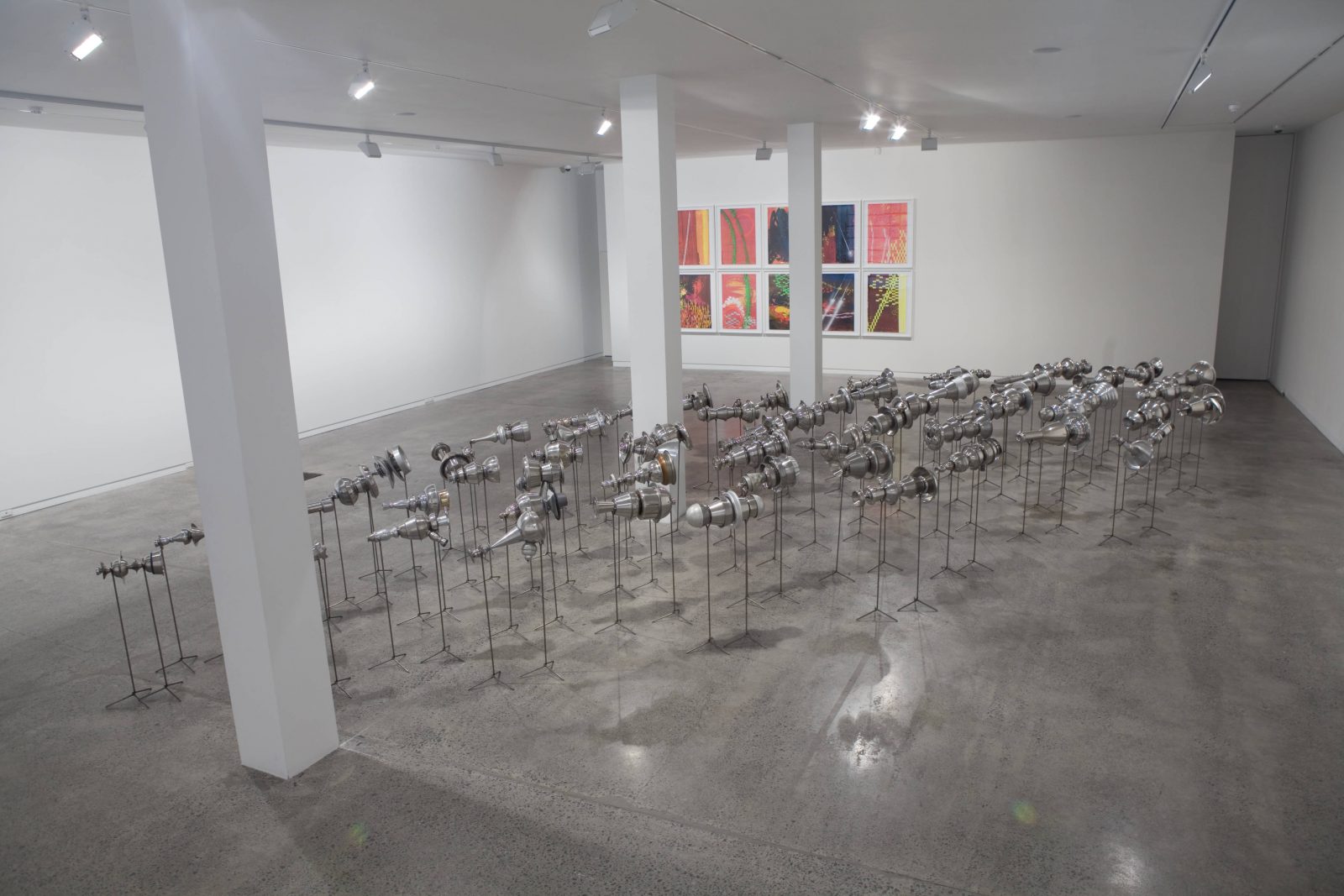
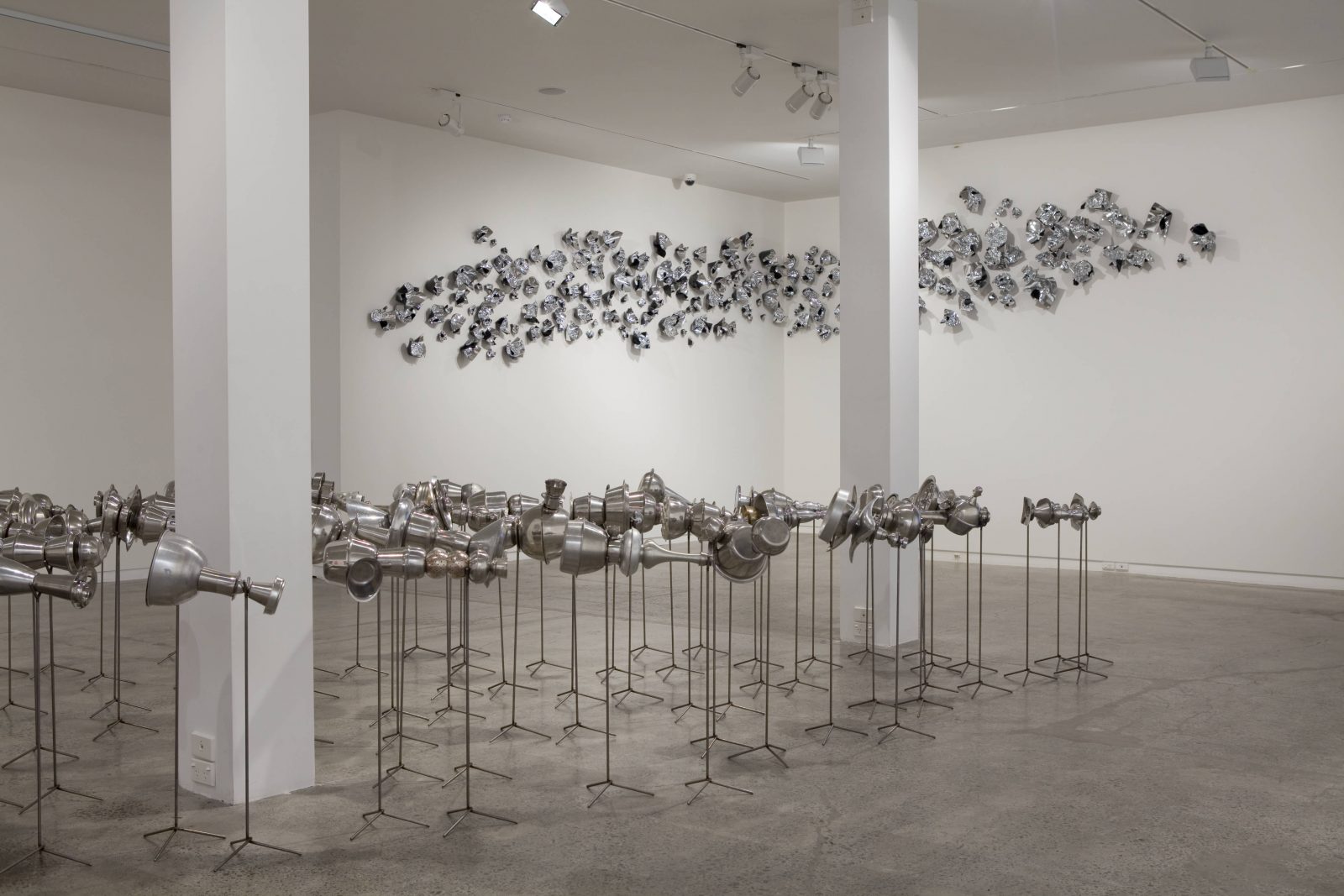
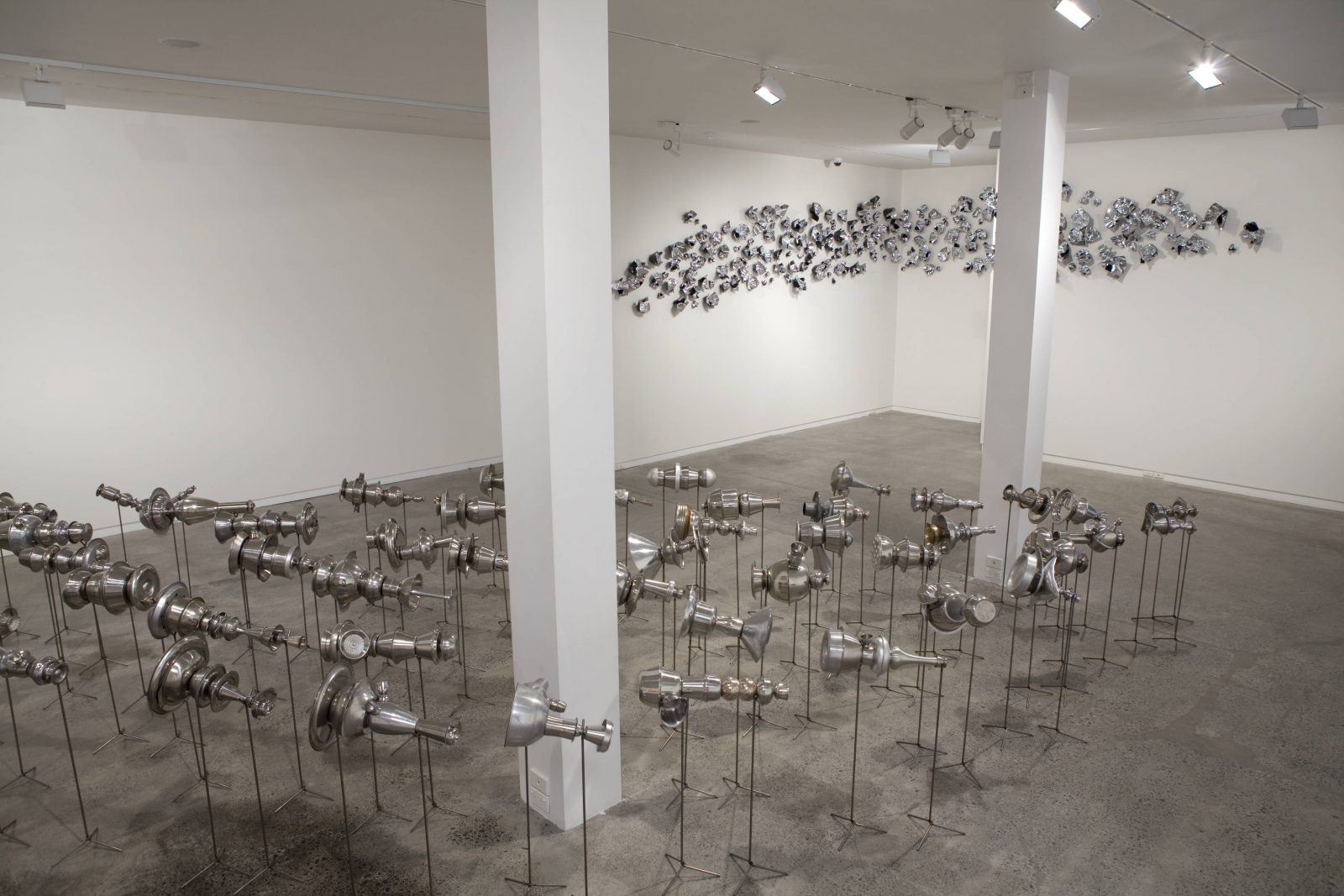
found stainless steel domestic ware and steel rod stands
60 works - size variable
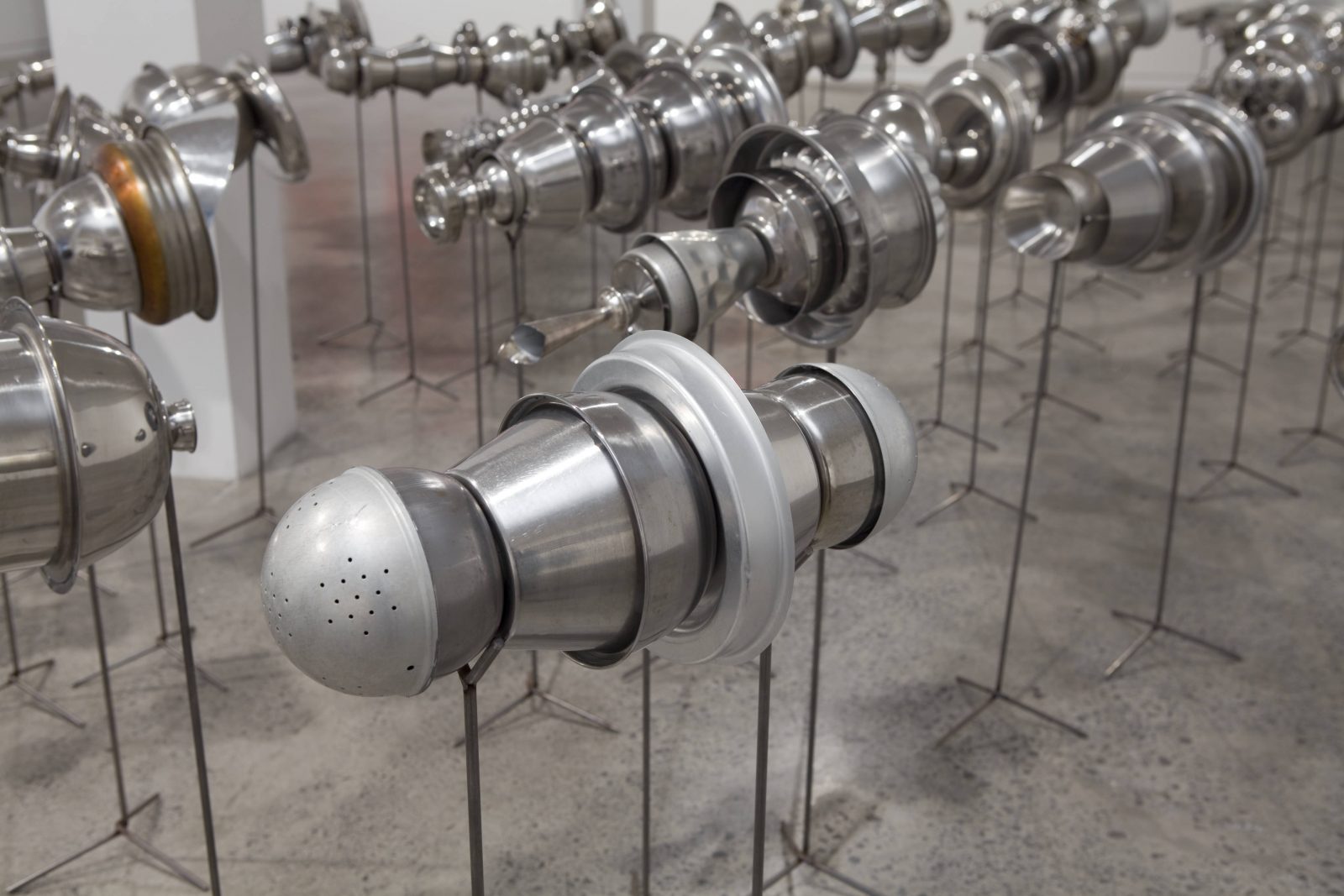
found stainless steel domestic ware and steel rod stands
60 works - size variable
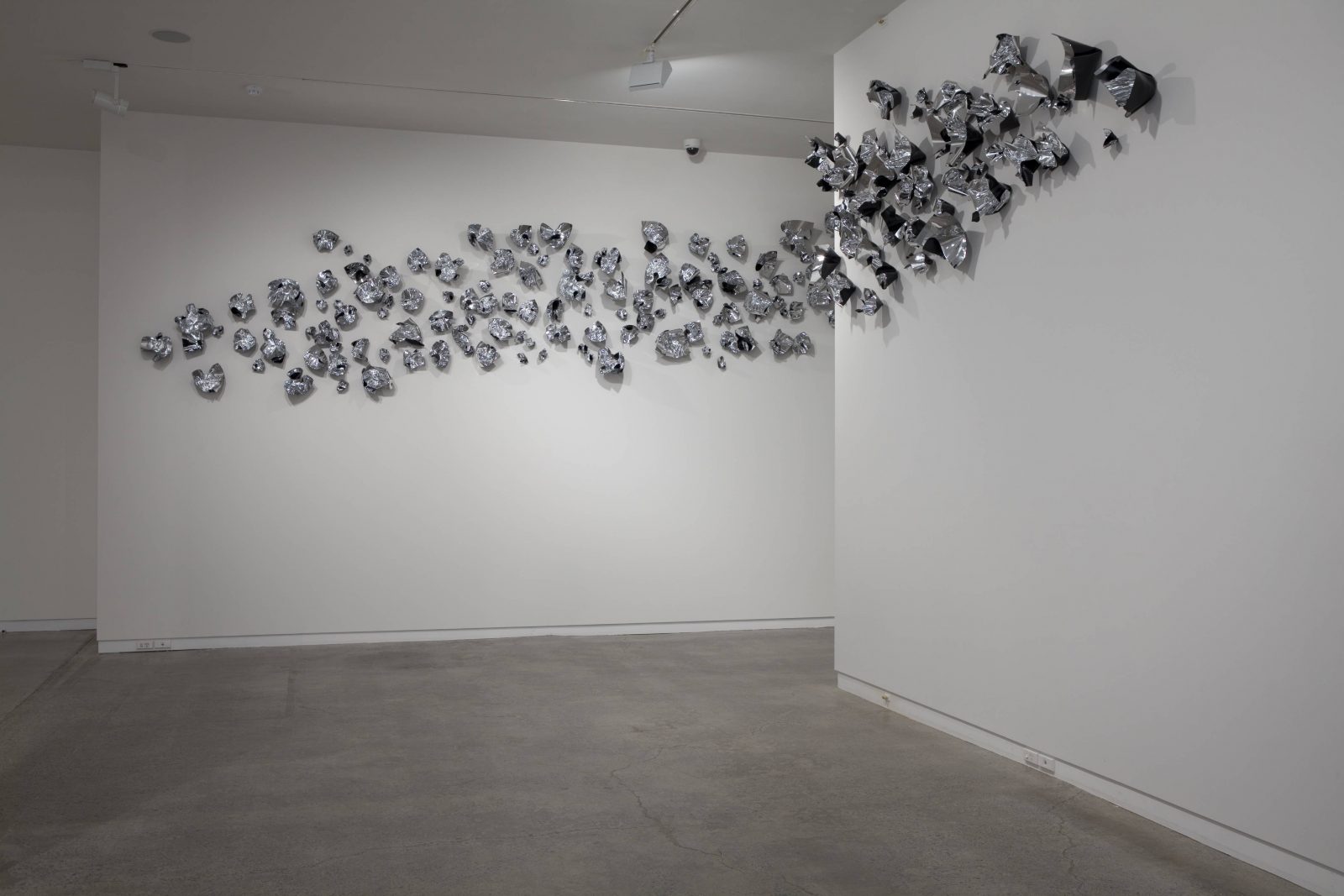
mirror board
238 blooms - size variable.
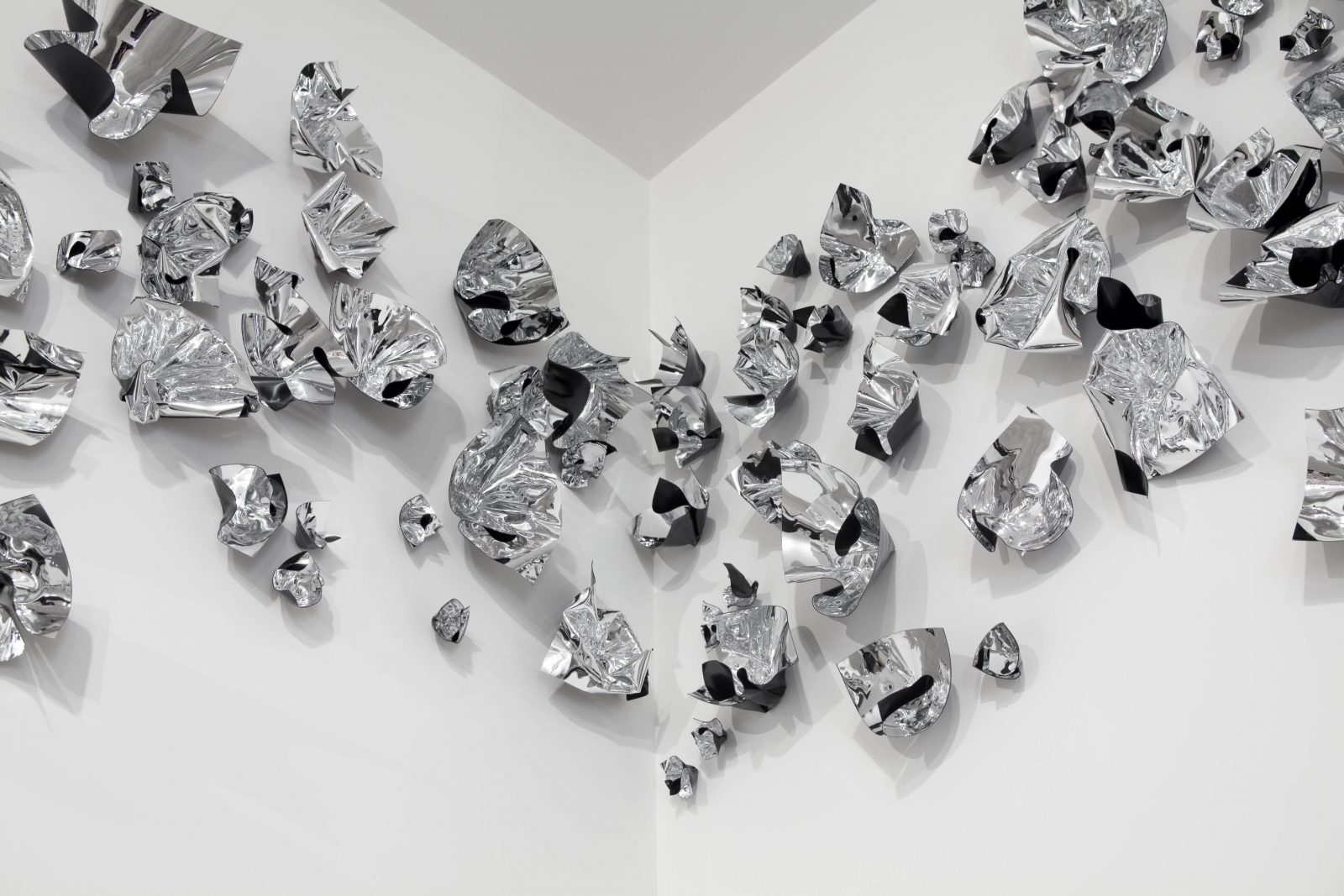
mirror board
size variable
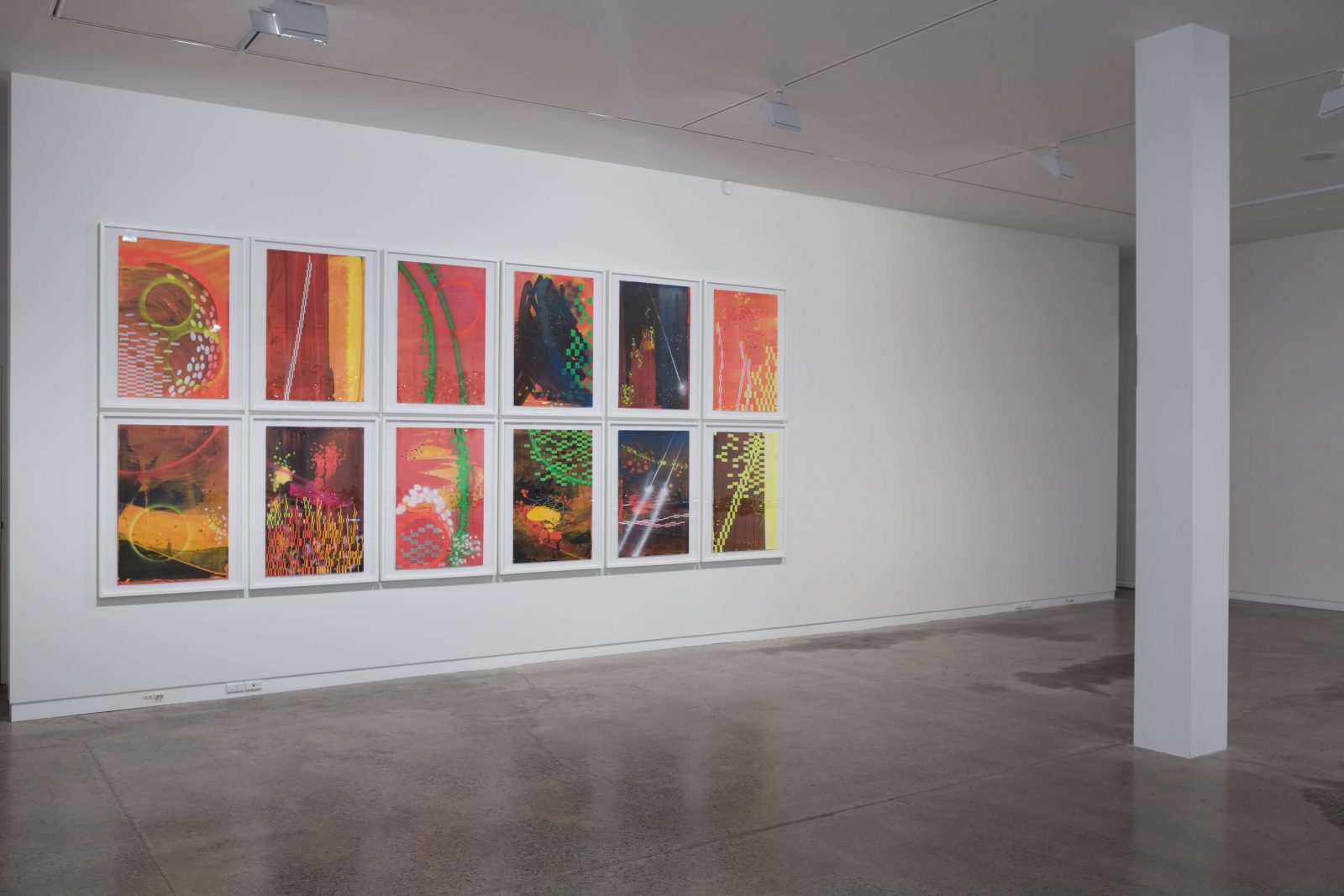
screenprinted background with stickers, ink, acrylic & fluorescent paint, on paper
12 works each 900 x 600 mm
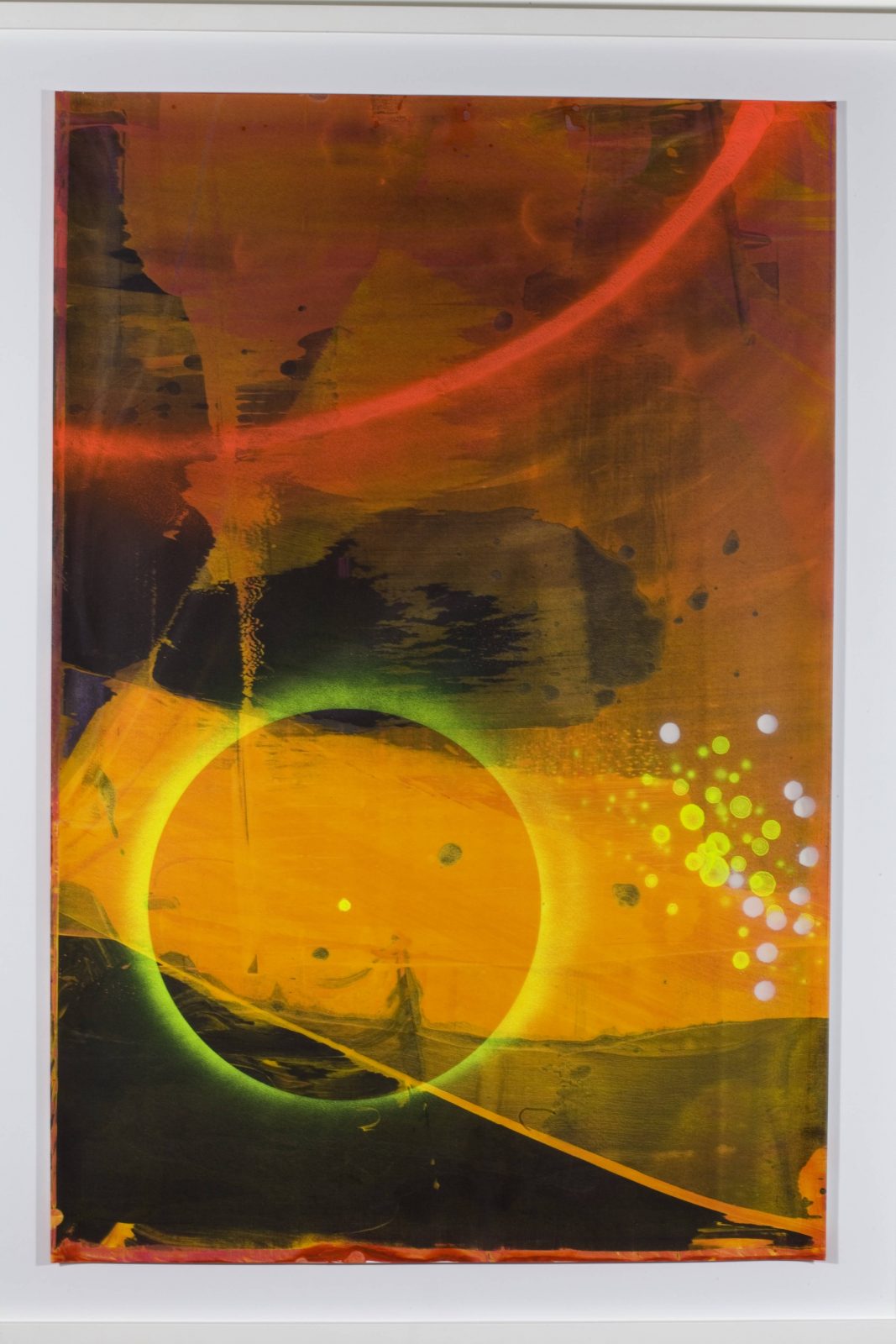
screenprinted background with stickers, ink, acrylic & fluorescent paint, string on paper
900 x 600 mm
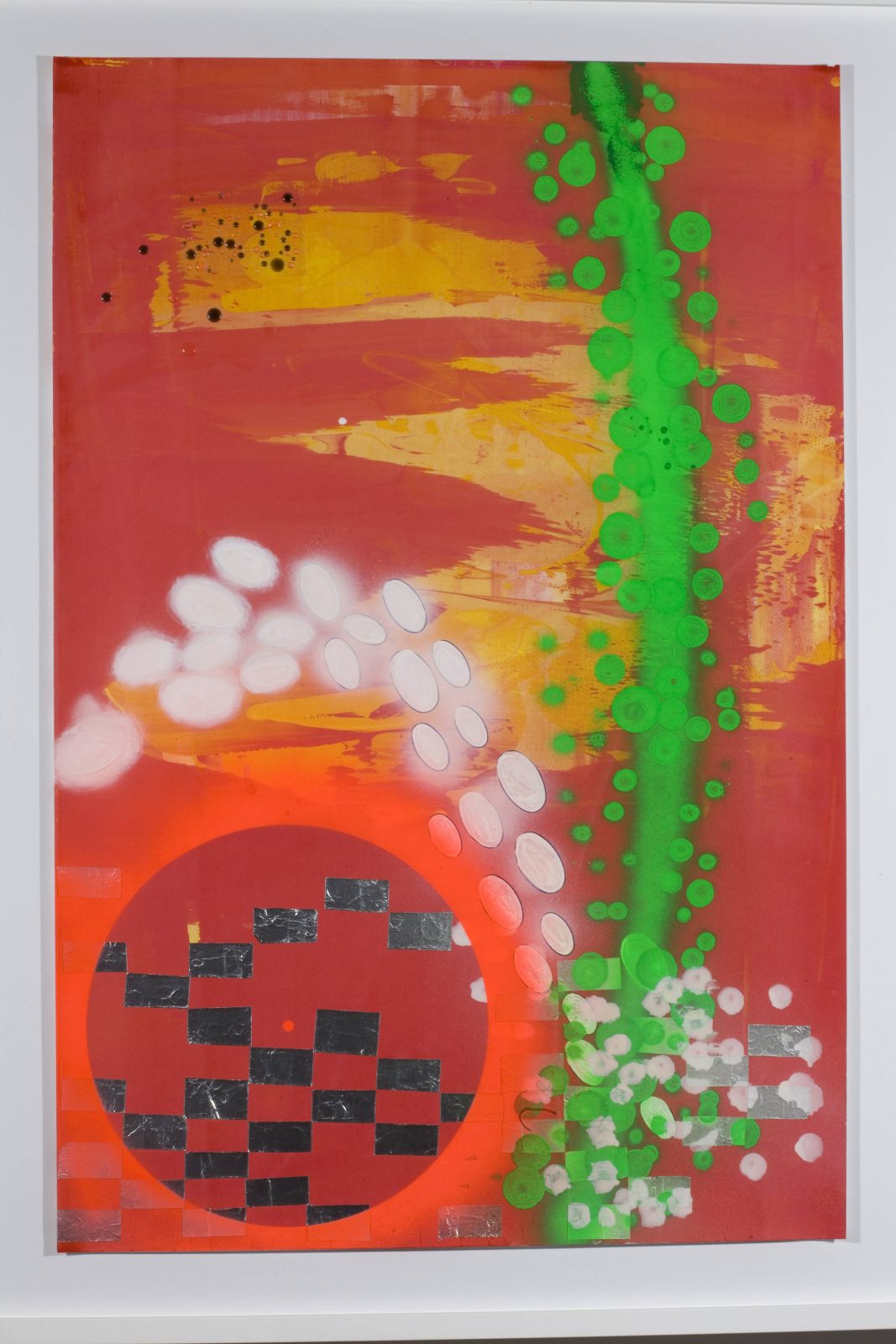
screenprinted background with stickers, ink, acrylic & fluorescent paint on paper
900 x 600 mm
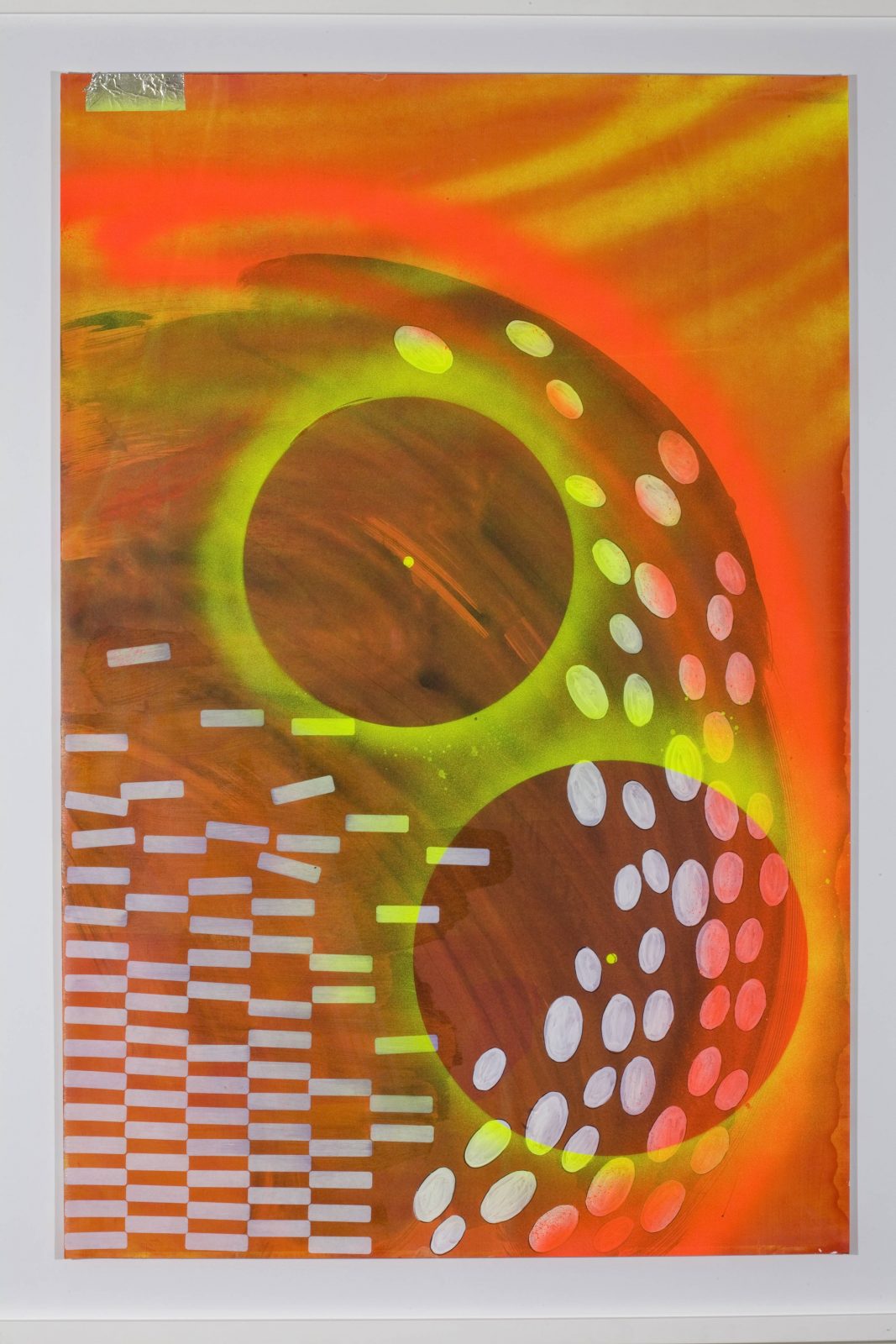
screenprinted background with stickers, ink, acrylic & fluorescent paint on paper
900 x 600 mm
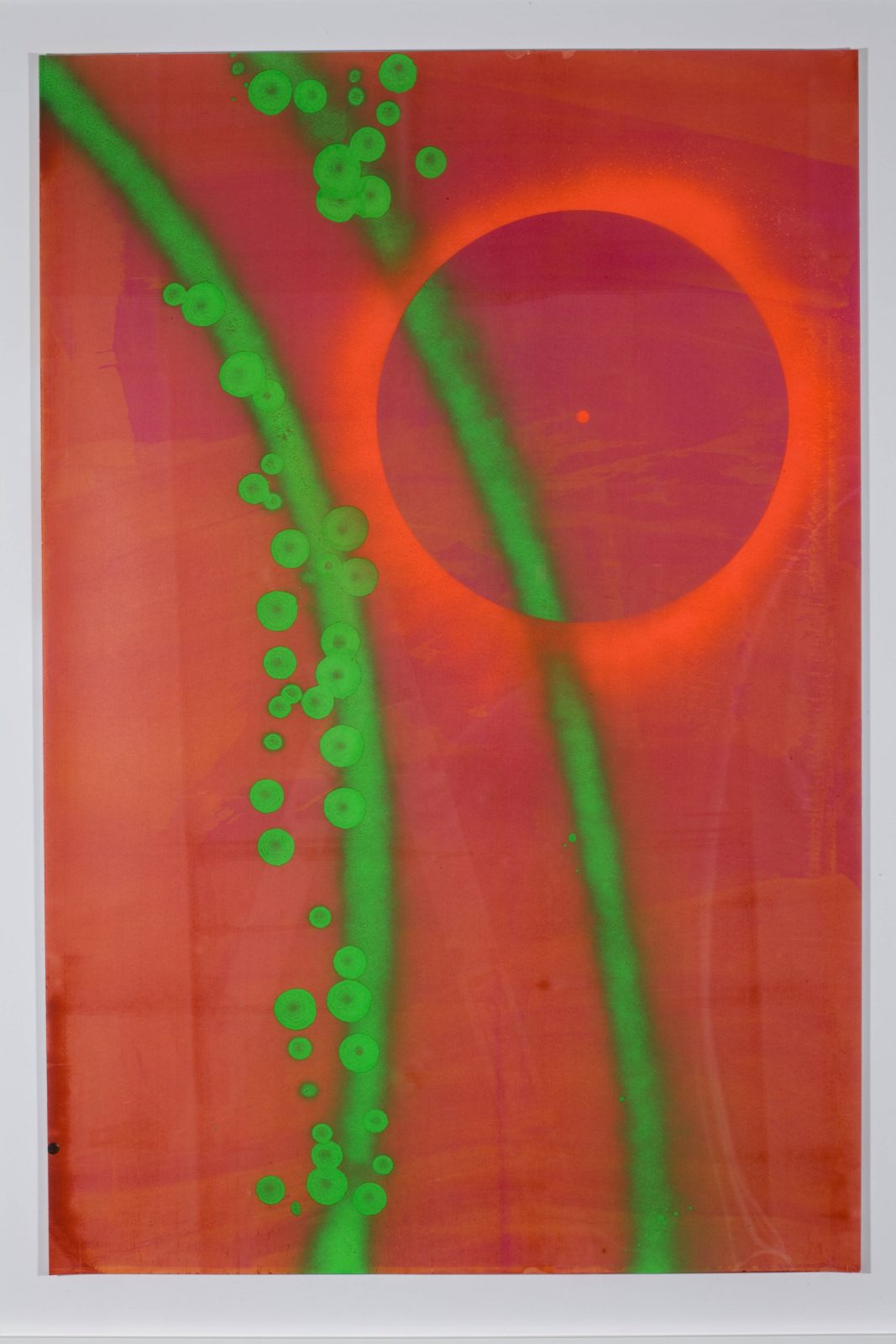
screenprinted background with stickers, ink, acrylic & fluorescent paint on paper
900 x 600 mm
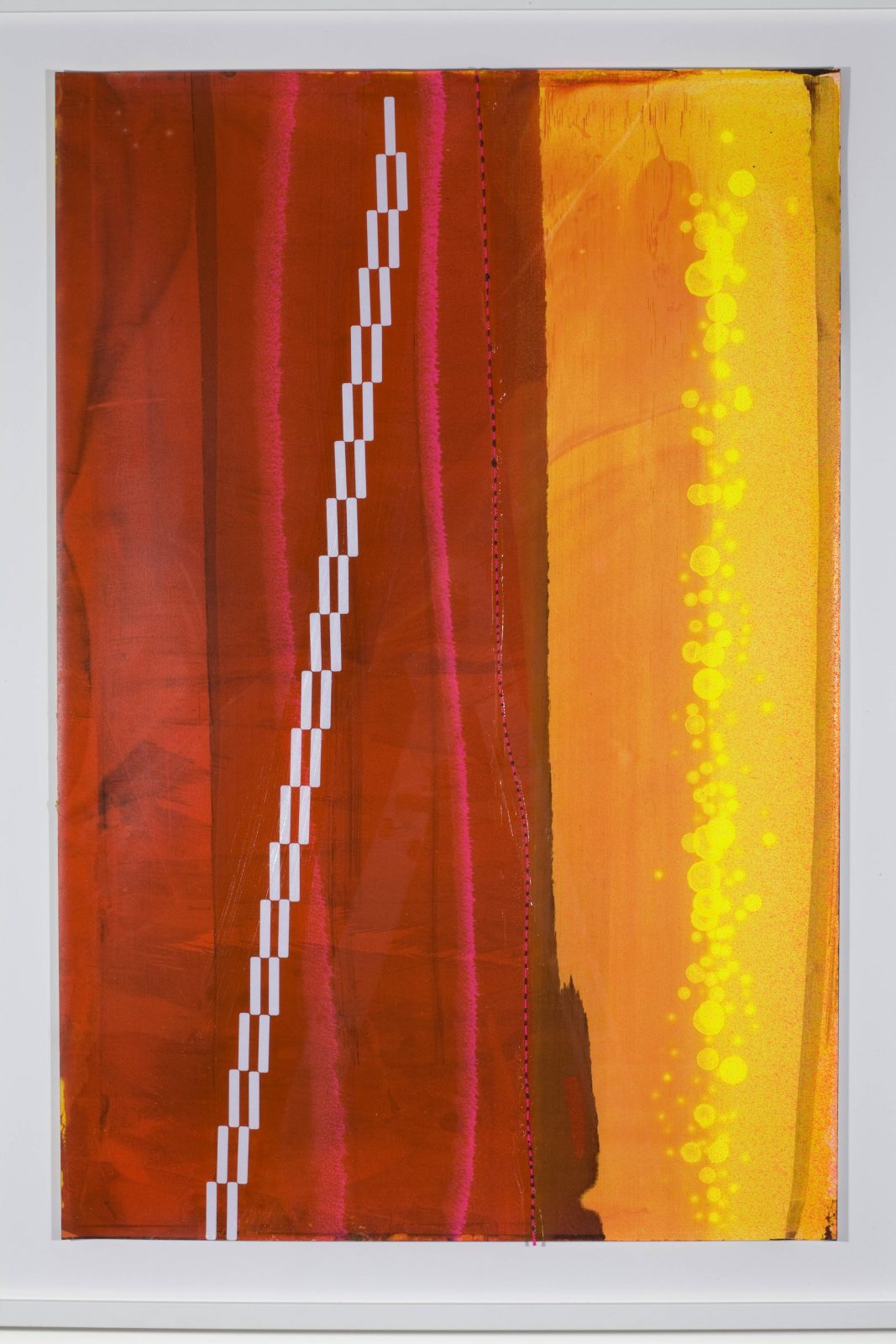
screenprinted background with stickers, ink, acrylic & fluorescent paint on paper
900 x 600 mm